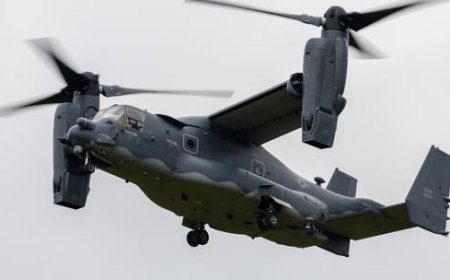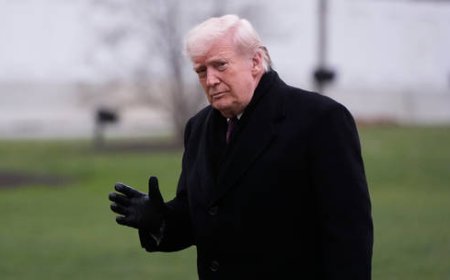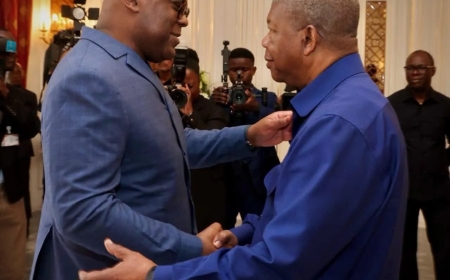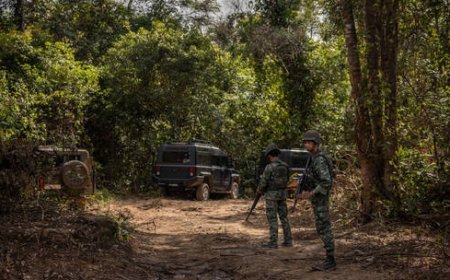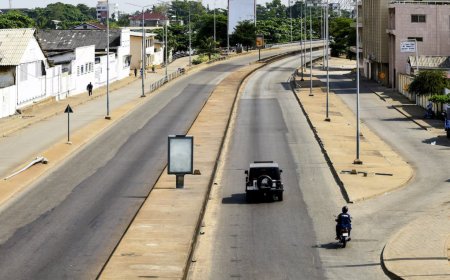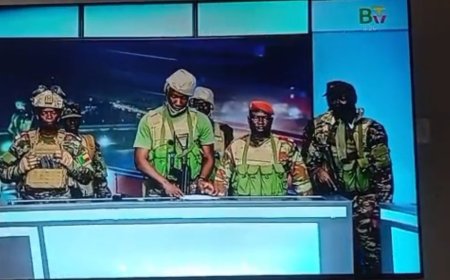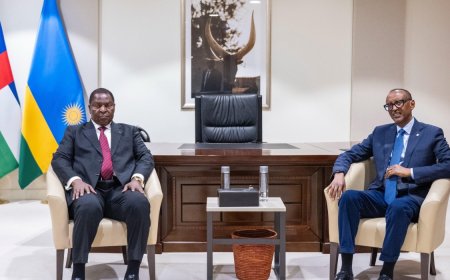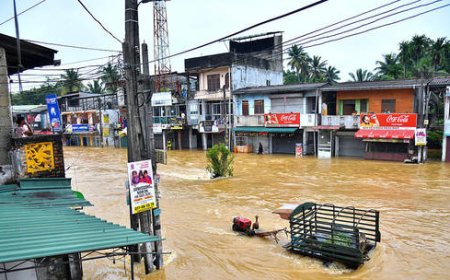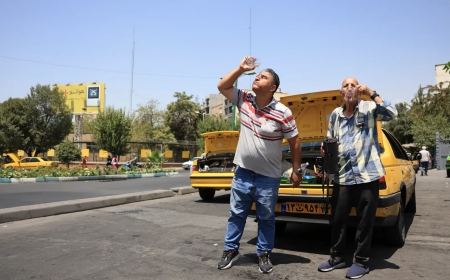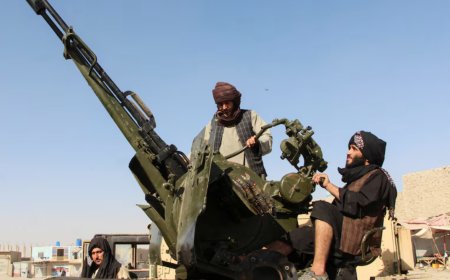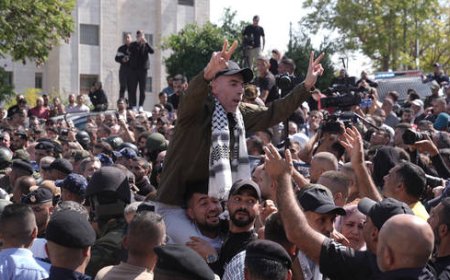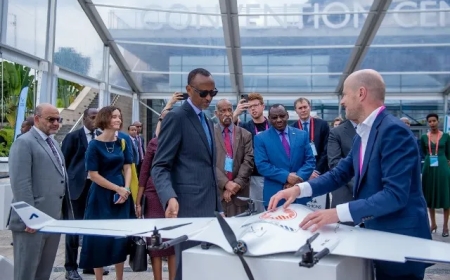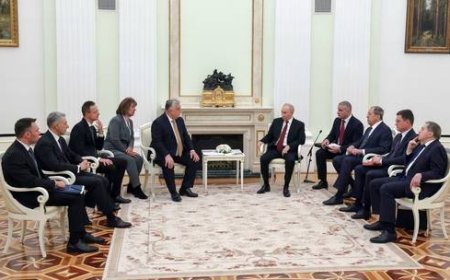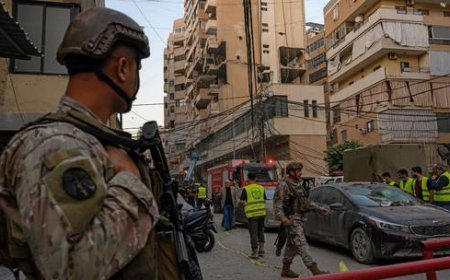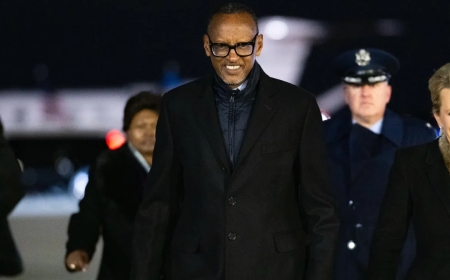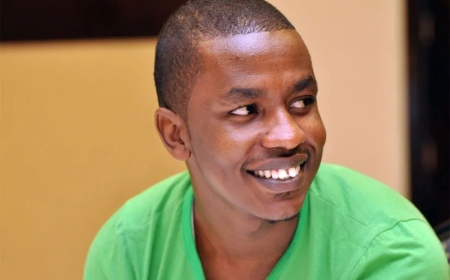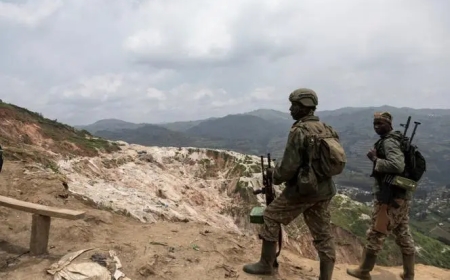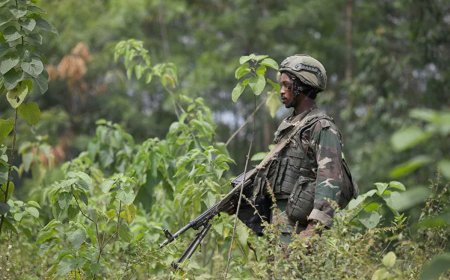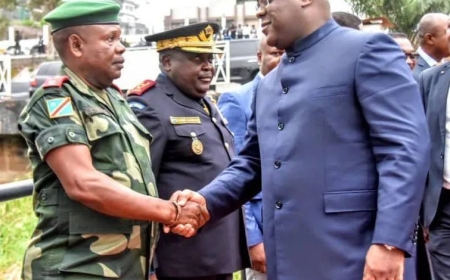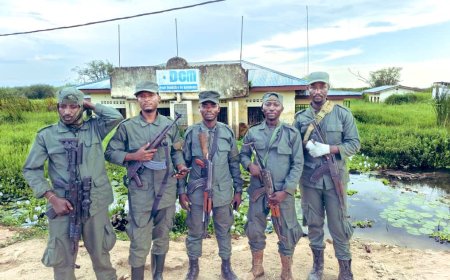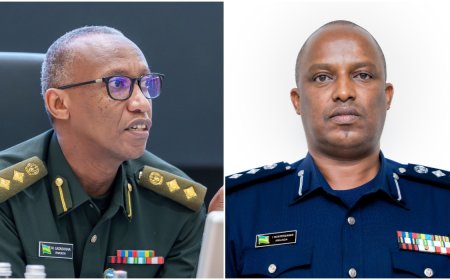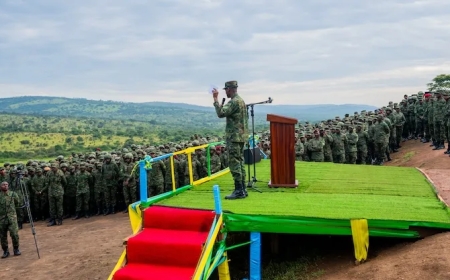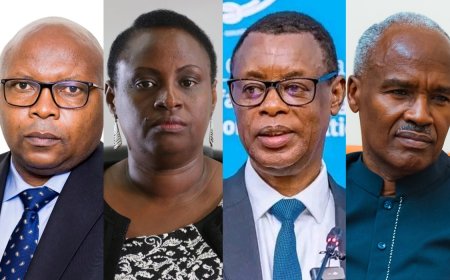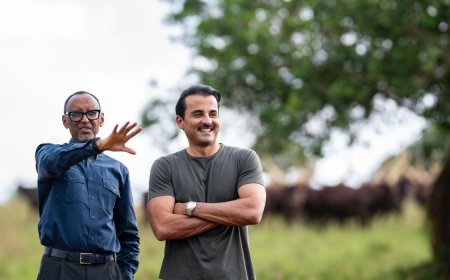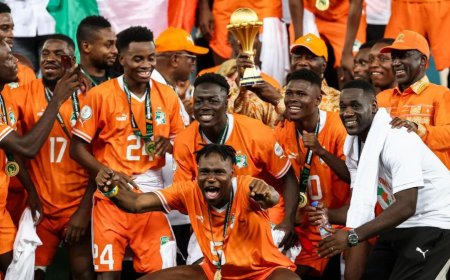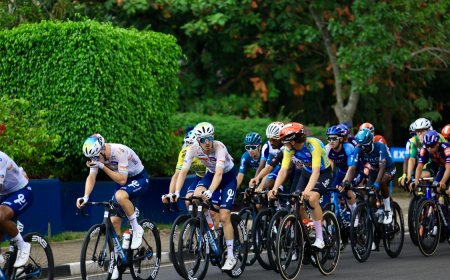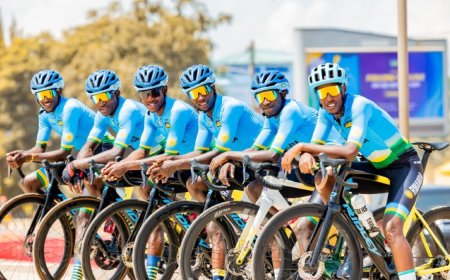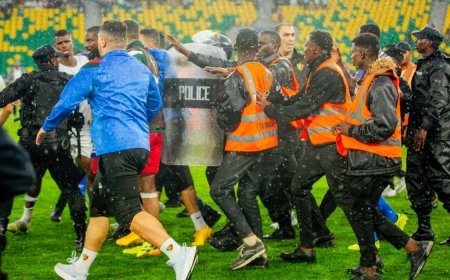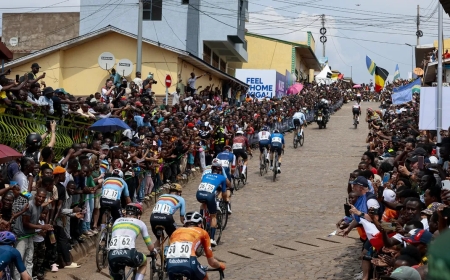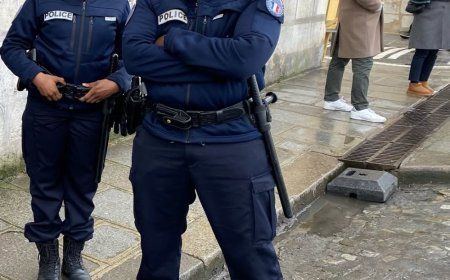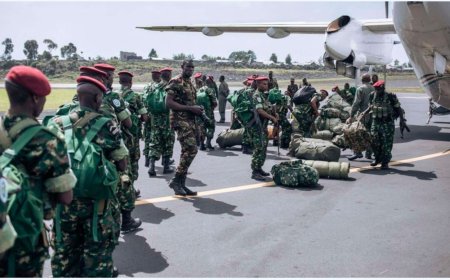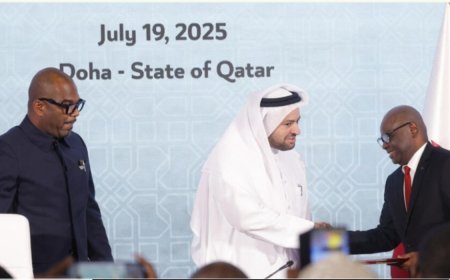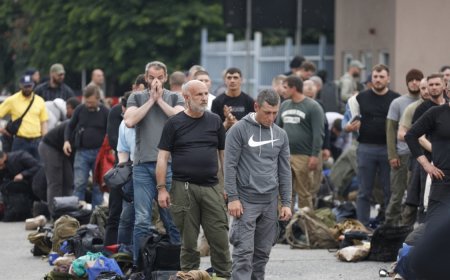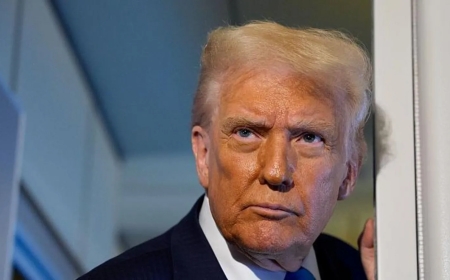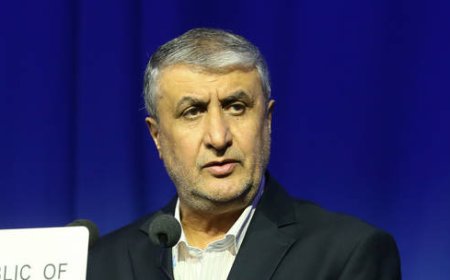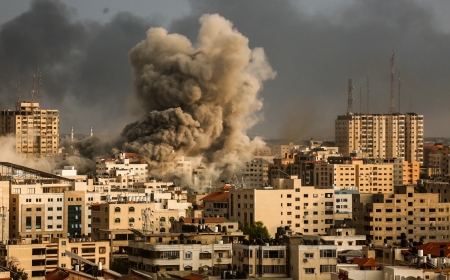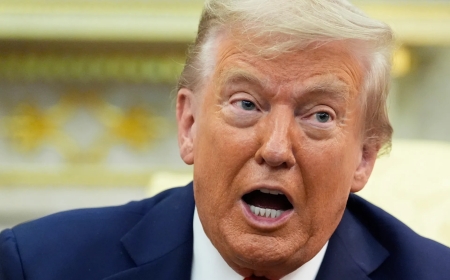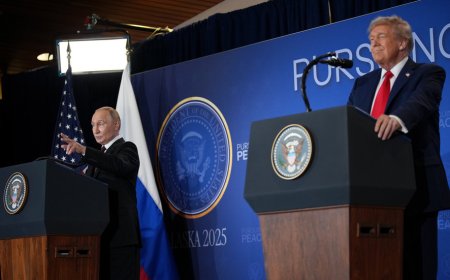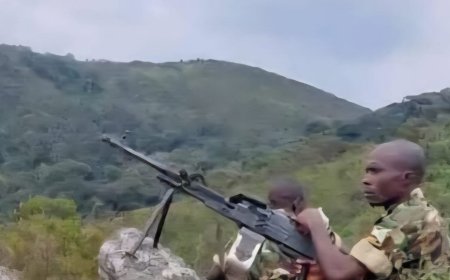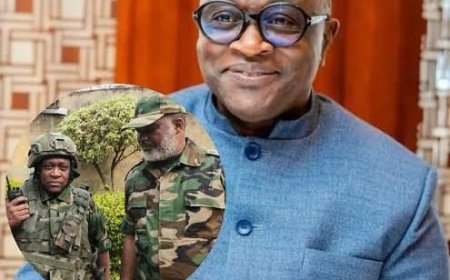Soldiers, weapons, territory and billions lost: The DRC’s heavy toll in war against M23/AFC
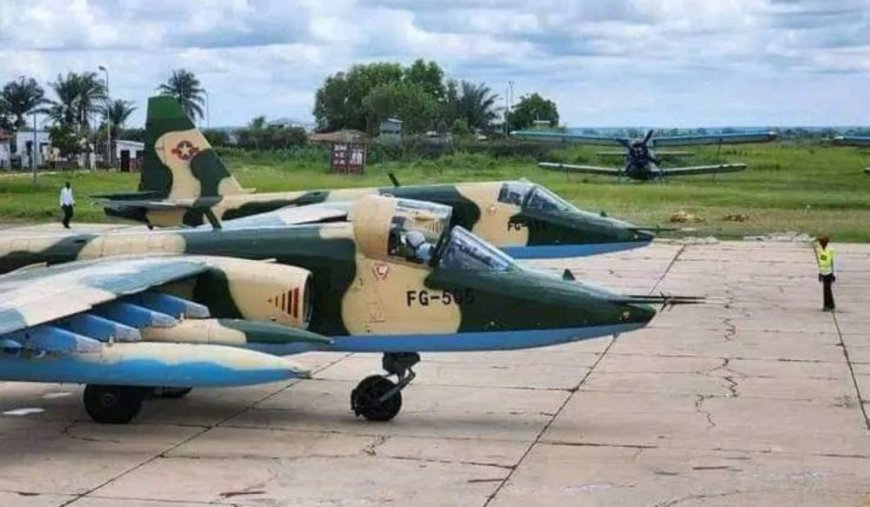
In late 2021, the M23 rebel group, which had been dormant for nearly eight years, resurfaced with unexpected strength in eastern Democratic Republic of Congo (DRC). Within weeks, its fighters seized strategic areas in Rutshuru, including the Chanzu and Runyoni hills, establishing a formidable presence that they have since fortified.
By January 2025, M23 fighters led by Maj Gen Sultani Makenga captured Goma, a city of over two million people, marking a critical blow to the Congolese military. The following month, they advanced into South Kivu, taking Bukavu and several other areas. These rapid gains exposed the vulnerabilities of the Congolese army and its allies, including Burundian forces and the Wazalendo militia.
Corneille Nangaa, leader of the AFC coalition, claims M23 now controls over 34,000 square kilometres across North and South Kivu—territory inhabited by more than 11 million people. But the cost to the Congolese government has gone beyond territorial loss; it has also been economic, military, and institutional.
DRC’s loss of land and civilian control
The areas lost by Kinshasa include regions rich in natural resources. Rubaya, in Masisi Territory, is one of the world’s largest sources of coltan, a key mineral used in electronics. While mining companies continue operations, the state no longer exercises control—nor does it benefit financially.
.

Heavy military casualties and defections
While no official figures have been released, the scale of military losses is apparent. The Congolese army’s repeated defeats led it to shift strategy, increasingly relying on long-range artillery, combat aircraft, and drones.
The overcrowding of Katindo Military Hospital morgues in Goma prompted urgent requests for additional facilities from Colonel Dr. Muyumba Lubanga. High-ranking officers, including Maj Gen Peter Cirimwami Nkuba—then military commander of North Kivu—were killed in action near Sake in January 2025.
Following the fall of Goma, M23 claimed to have killed many Congolese soldiers and Wazalendo fighters. Survivors fled to Rwanda or crossed Lake Kivu by boat to Bukavu. Others surrendered or defected, some joining M23’s cause and receiving training at Rumangabo under the supervision of Maj Gen Makenga.

Billions spent, little gained
The DRC government has poured vast sums into the war effort. It purchased tanks, Sukhoi-25 fighter jets, Chinese-made CH-4 drones, and hired European mercenaries reportedly paid up to $6,000 per month. It also financed a Burundian military presence estimated at 5,000 soldiers.
According to Africa Intelligence, military spending rose from $459 million in 2021 to $700 million in 2022, then to $1 billion in 2023. Between January and April 2025 alone, the DRC spent another $1 billion, largely due to a pay raise for soldiers after the loss of Goma and Bukavu.
Despite these investments, the M23 continued to advance, undermining the state’s objectives and raising questions about the effectiveness of Kinshasa’s strategy.
Loss of revenue and tax base
With M23 controlling border towns such as Bunagana, Goma, and Bukavu, the group has taken over customs operations, sidelining the official immigration and tax authorities (DGM). This has enabled M23 to dominate cross-border trade and daily customs revenue.
Rene Tapsoba, IMF’s country representative, recently told Reuters that the DRC’s inability to control mineral-rich regions in the east could reduce national tax revenue by 4% this year.
In response, the DRC government has cut budgets for several ministries and reduced salaries of state-owned enterprise executives. Prime Minister Judith Suminwa Tuluka announced in May 2025 that the war has cost the country 1.7% of its total national budget.
“We’re in an active war in the east, and it’s severely cutting into our finances,” she said. “In the last cabinet meeting, we approved a revised budget to be presented to Parliament. We’ve lost 1.7% of our fiscal resources, mostly redirected toward security.”
Weapons and equipment lost to rebels
During the capture of Goma and surrounding areas, M23 seized a range of Congolese military equipment—Sukhoi jets, drones, BM-Grad rocket launchers, RPGs, AK-47s, and mortars. The battle also resulted in the loss of four CH-4 drones, three of which were shot down, and one crashed near Kavumu airport in South Kivu.
M23 also captured military trucks and several jeeps, now used for transporting their fighters and maintaining control of occupied zones. The group openly admits that most of its arsenal has been acquired from the Congolese military during battle.
As the war drags on, the DRC continues to haemorrhage resources, losing land, lives, revenue, and military hardware. Meanwhile, M23 not only holds strategic ground but appears to be consolidating civilian control, deepening the crisis facing Kinshasa both militarily and politically.
M23 also controls major commercial hubs like Bunagana and Goma, which are vital for cross-border trade with Uganda. These cities, previously strong revenue sources for the state, are now under rebel administration.
Across areas from Bunagana to Bukavu, M23 has installed its own civil and military administration, providing basic services and security to the population. Many locals now identify more with M23 than the distant government in Kinshasa. The group has won support, particularly among youth, through messaging that frames its campaign as a revolutionary movement. Recruits are trained at the Rumangabo military base in Rutshuru.
